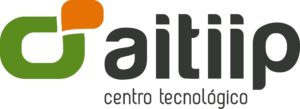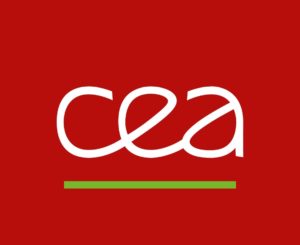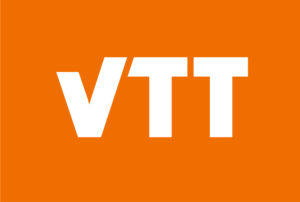The use of so-called foam boxes is huge. They keep food warm, protect medicines and organs. The problem is that the foam material currently consists of fossil materials that are not biodegradable or recyclable. INN-PRESSME partner FRAUNHOFER ICT, together with its partners VTT, WSVK, POLYMARIS, CEA, IWN and AITIIP, wants to change this. The aim is to produce boxes in industrial quantities from a mixture of different biomaterials, by processing the raw material in such a way that the shape and flexibility meet the current standard and the requirements of the industry.
One of the biggest challenge for achieving industrial quantities is the combination of different biological raw materials such as flax, hemp, cellulose nano fibres and biocompatible synthetic polymers. The use of various production processes, such as 3D printing or moulding, demonstrates the wide range of possible applications.





Facts & Figures
- Incorporation of fibres into EPLA is not beneficial for improvement of foam properties
- Successful optimization of material via recipe and process modification for implementing of bio-materials in demanding products
- Improved material properties without increase in material costs are shown
- Incorporation of 3D-printed elements in foam moulding process
- Demonstrator designed and produced




